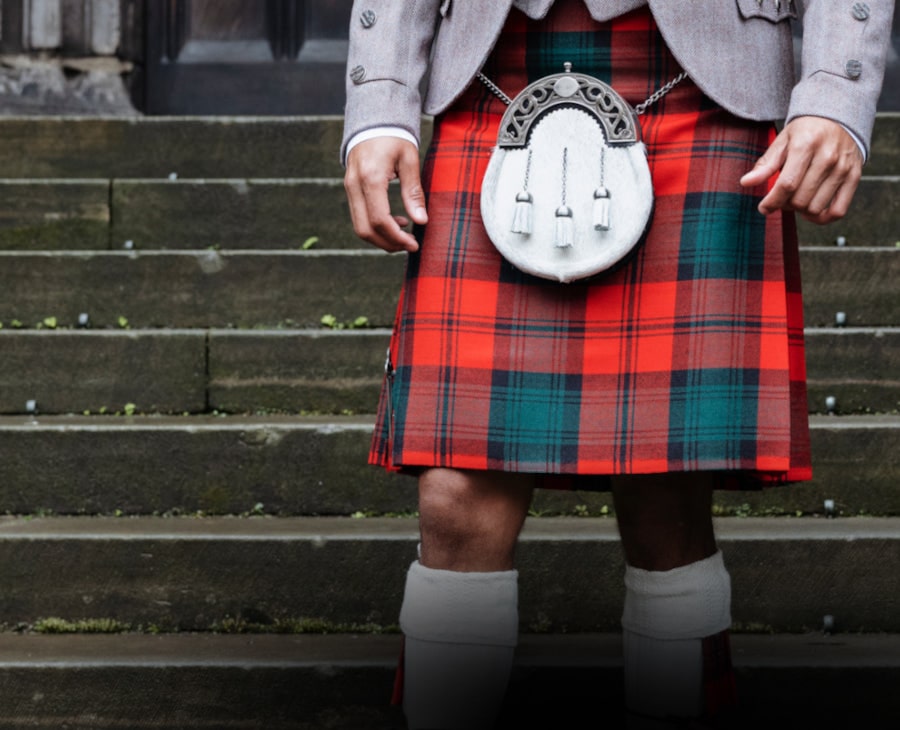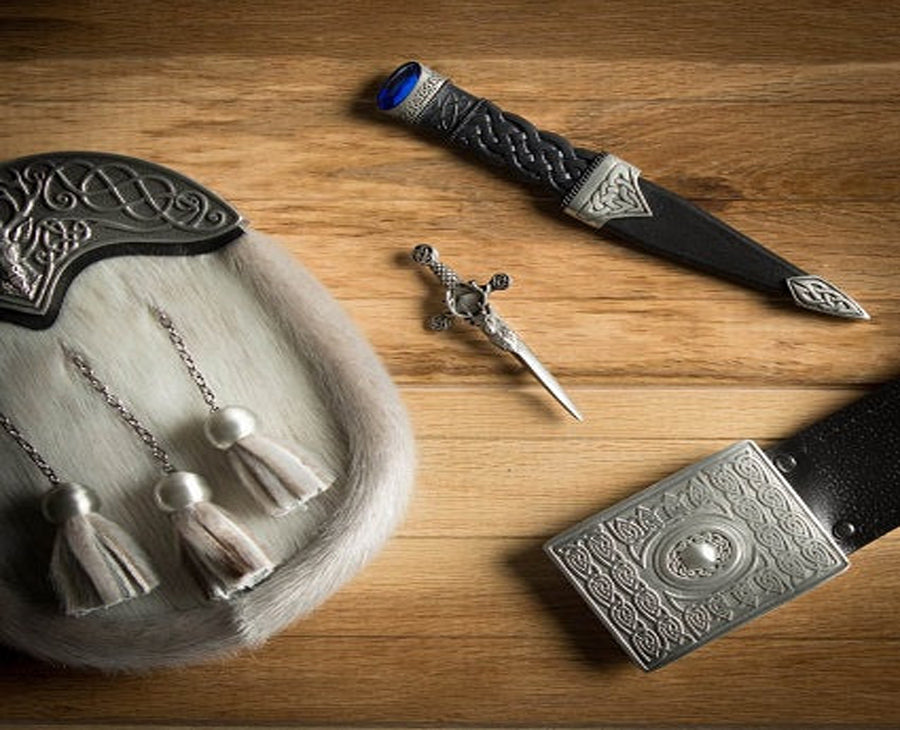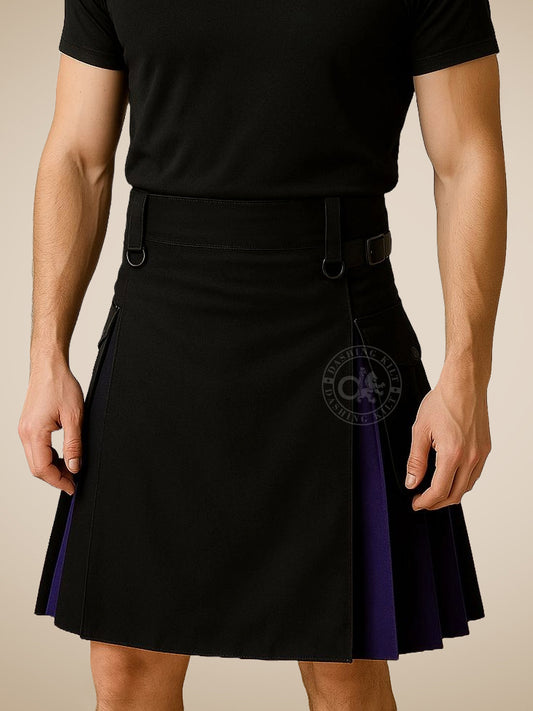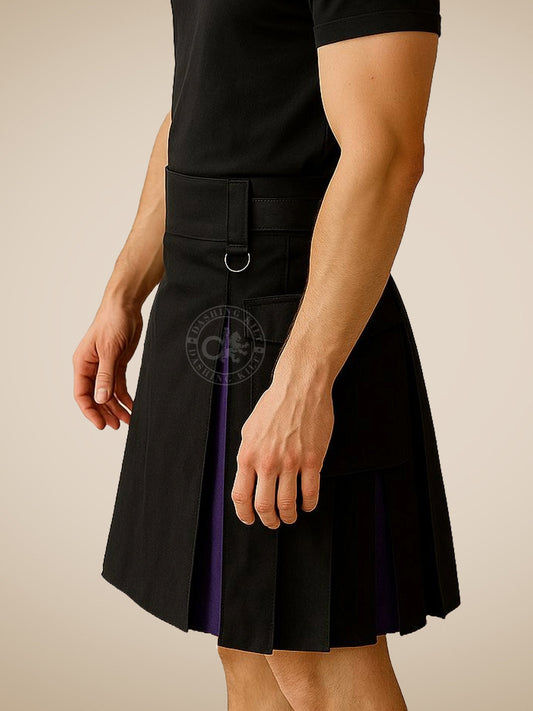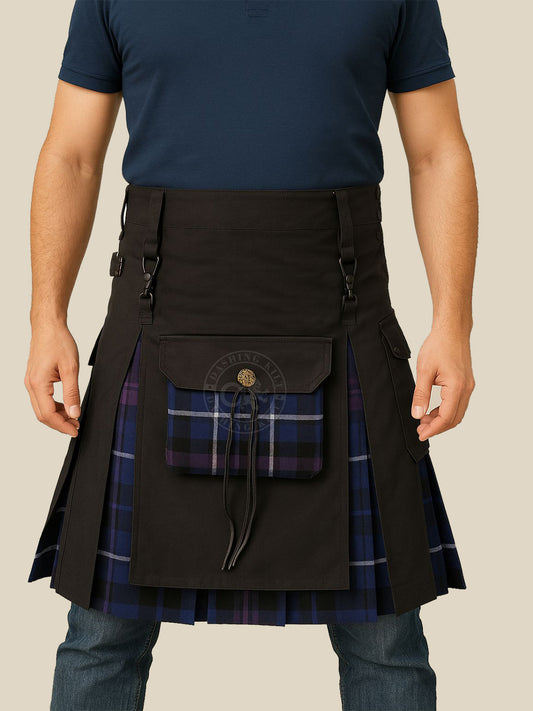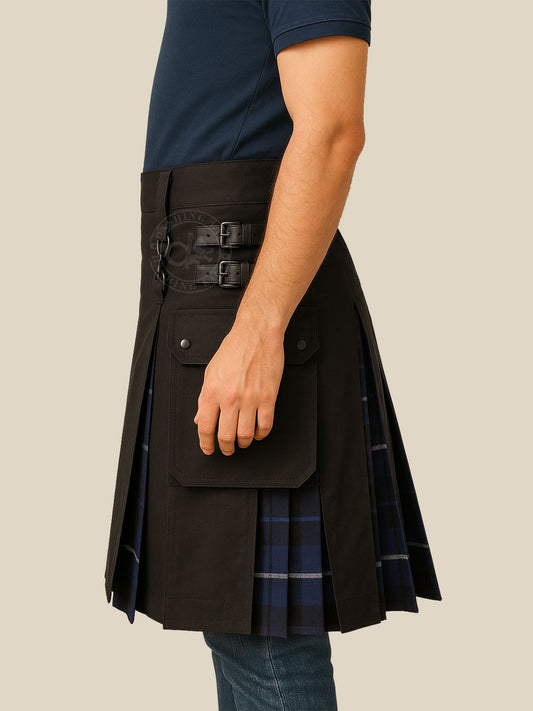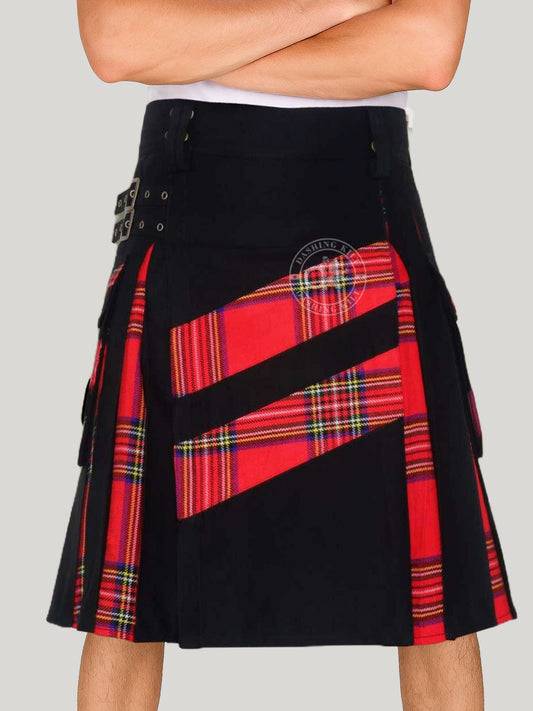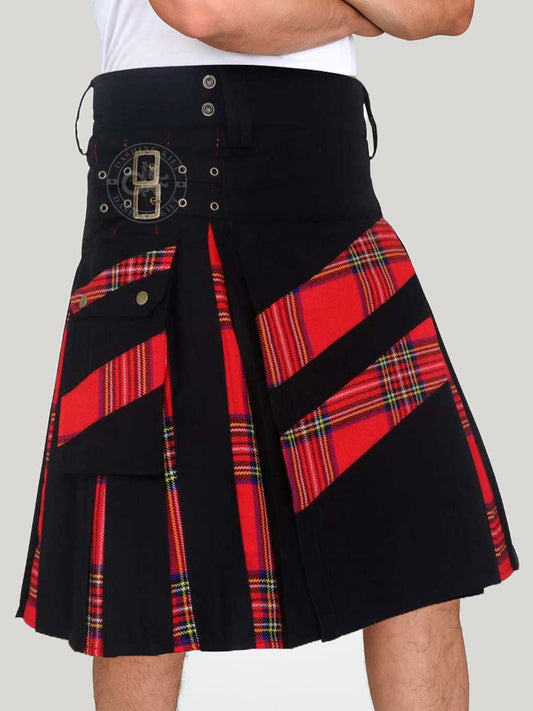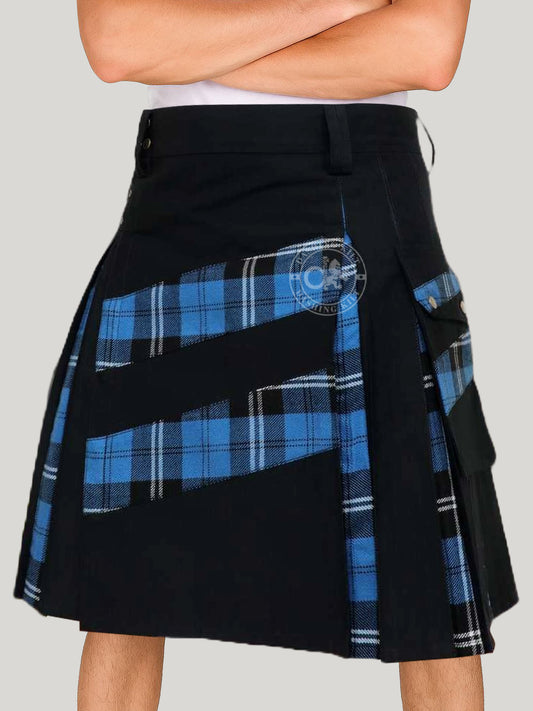Best Selling Products
-
Hybrid Black Purple Leather Straps kilt
Regular price $89.00 USDRegular priceUnit price per$178.00 USDSale price $89.00 USDSale -
Men Black and Pride of scotland
Regular price $89.00 USDRegular priceUnit price per$178.00 USDSale price $89.00 USDSale -
Men’s Modern Hybrid Cotton & Royal Stewart Tartan Cross Strips Designer’s Wedding Kilt
Regular price $89.99 USDRegular priceUnit price per$130.00 USDSale price $89.99 USDSale -
Men’s Modern Hybrid Cotton & Ramsay-Blue Tartan Cross Strips Designer’s Wedding Kilt
Regular price $89.99 USDRegular priceUnit price per$130.00 USDSale price $89.99 USDSale
Kilts for Men
-
Olive Green detachable Apron Mocker Kilt
Regular price $129.00 USDRegular priceUnit price per$200.00 USDSale price $129.00 USDSale -
Six Pocket Black Cotton Utility kilt for men
Regular price $89.99 USDRegular priceUnit price per$130.00 USDSale price $89.99 USDSale -
Red Cotton Utility kilt for men
Regular price $87.50 USDRegular priceUnit price per$130.00 USDSale price $87.50 USDSale -
Modern Two Tone Olive Green & Khaki Cotton Utility kilt for men with detachable cargo pockets and unique design of X-Cross drawstring
Regular price $87.50 USDRegular priceUnit price per$130.00 USDSale price $87.50 USDSale
Frequently Asked Questions
What is a Dashing kilt called?
A Dashing kilt is simply known as a kilt. The term originates from the ancient Norse word“kjalta”, meaning pleated. It’s a traditional, knee-length garment with pleats at the back, typically crafted from wool tartan fabric. Each tartan pattern often represents a specific Scottish clan, region, or historical family. While it may resemble a skirt in appearance, the kilt holds deep cultural significance as a symbol of Scottish heritage and pride, proudly worn by both men and women during casual and ceremonial occasions.
Why did the Scottish start wearing kilts?
Kilts were originally worn for their practicality in the rugged Scottish Highlands. Made from durable wool, they offered warmth in harsh weather and allowed for freedom of movement—ideal for outdoor life and long journeys. The earliest version, known as the"Great Kilt" (Feileadh Mòr), was a versatile garment that could be used as a cloak, blanket, or protective covering, making it highly functional for both battle and daily use. Over time, kilts evolved from a utilitarian necessity into a powerful symbol of Scottish identity, representing clan allegiance and national pride.
Are kilts Irish or Scottish?
Kilts are primarily of Scottish origin, with centuries of tradition rooted in the Highland clans and distinctive tartan patterns. The Scottish Highland kilt is the original form, historically worn as a symbol of identity, pride, and heritage. While Ireland has adopted kilts—usually in solid colors and commonly worn by pipe bands or during ceremonial events—these are later adaptations. Scotland remains the cultural heartland of the kilt, making the Scottish kilt the most authentic and historically significant version.
When should I wear a kilt?
Kilts are incredibly versatile and can be worn on a wide range of occasions. From weddings, graduations, and formal events to Burns Night, Highland games, military ceremonies, and cultural festivals, kilts remain a timeless symbol of Scottish pride. In Scotland, it’s common to see kilts at nearly any major celebration or gathering, and some even incorporate them into their everyday wardrobe. Whether you're embracing your heritage or simply love the style, there's no wrong time to wear a kilt.
Is it OK to wear a kilt if you're not Scottish?
Absolutely! Anyone can wear a kilt, regardless of heritage. Wearing a kilt is a way to celebrate and appreciate Scottish culture and Celtic traditions. Whether you're attending a wedding, cultural festival, or simply admire the style and craftsmanship, kilts are proudly worn by people all over the world. Just be sure to wear it with respect and pride, honoring the rich heritage it represents.
Why do people wear kilts?
People wear kilts as a blend of cultural pride, tradition, personal expression, and style. Whether it's a wedding, Highland game, national celebration like St. Andrew’s Day, or a formal event, kilts are proudly worn to honor Scottish heritage and make a bold fashion statement. Far from being just historical garments, kilts are a way to connect with culture, stand out with confidence, and celebrate meaningful moments in a uniquely Scottish way.







